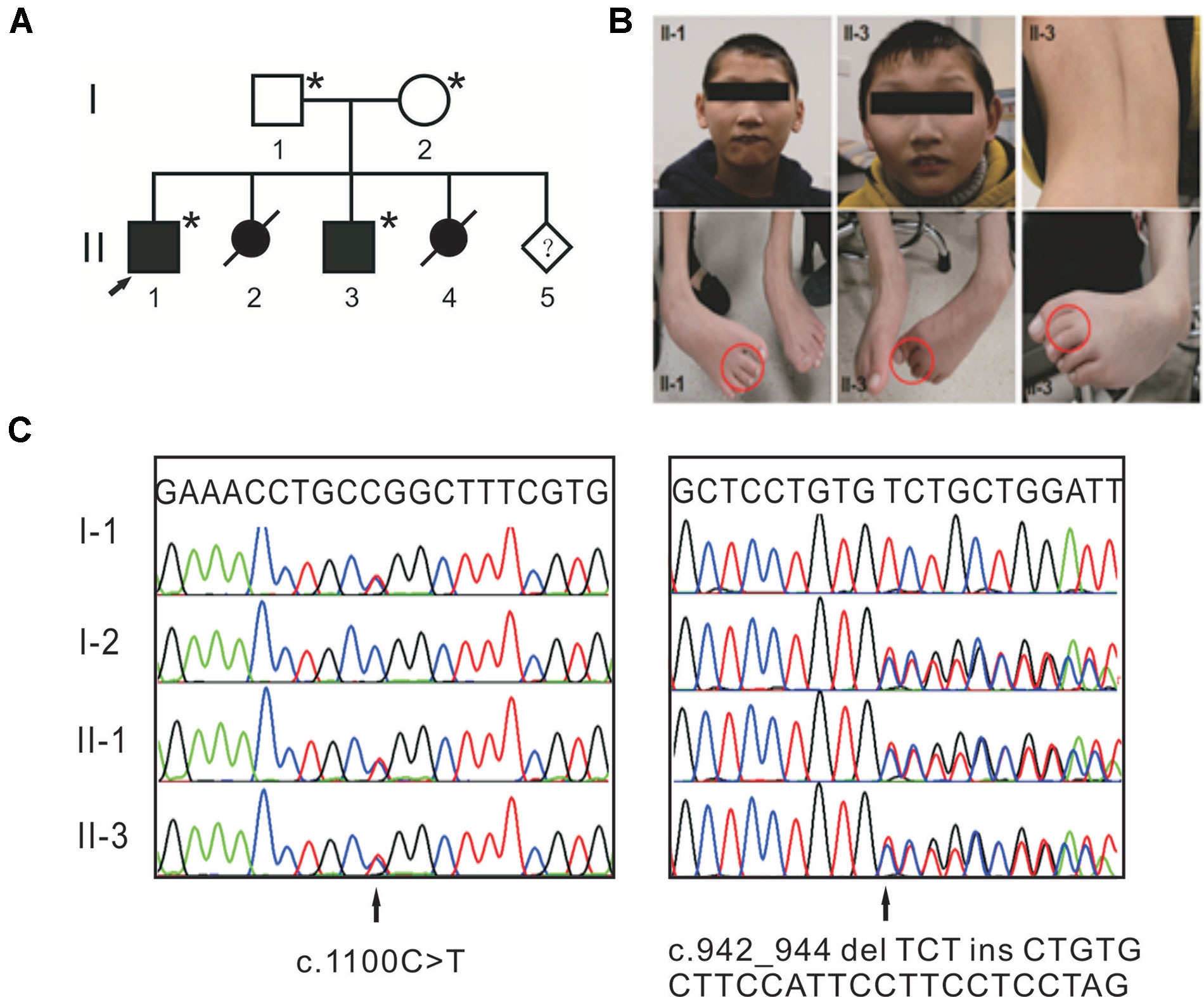
toltecus, sin embargo, poca resolución fue obtenida entre otros miembros del grupo de especies de hispidus. hirsutus resultaron hermanas, y a este grupo se le añade S. Resultados de los análisis de parsimonia y de Bayes indicaron apoyo para 3 grupos de especies (alstoni, fulviventer y hispidus). In a genome that is a patchwork of heterozygous and homozygous domains, mutations occur disproportionately more often in the. Comparing healthy and mutated DNA sequences can diagnose different diseases including various cancers, characterize antibody repertoire, and can be used to. Además, estas secuencias fueron combinadas con secuencias del cytochrome-b mitocondrial y analizadas desde una perspectiva de evidencia total. Implicating diversity per se as a cause, we find an 3.5-fold higher mutation rate in heterozygotes than in homozygotes, with mutations occurring in closer proximity to heterozygous sites than expected by chance. / Secuencias nucleótidas del intrón 7 del gene beta-fibrinogen (Fgb-17) fueron usadas para evaluar las relaciones filogenéticas entre los miembros del género Sigmodon. toltecus however, little resolution was provided for relationships between other members of the hispidus species group. A sister relationship was depicted for S. In the SLC26A4 gene screening, four cases exhibited the heterozygous IVS7-2A>G mutation and one case exhibited heterozygous 1226G>A mutation. Results from parsimony and Bayesian analyses indicated support for 3 species groups (alstoni, fulviventer, and hispidus).

Gene Codes developed the Assemble to Reference Sequence strategy that is widely used to speed up assembly and assign base-numbering systems and features to new data. In addition, these sequences were combined with mitochondrial cytochrome-b sequences and analyzed from a total evidence perspective. Gene Codes has long been an innovator, investing in the R&D to develop powerful features for your DNA sequence analysis. and compound heterozygous missense mutations in CCDC115 and TMEM199. Nucleotide sequences from intron 7 of the beta-fibrinogen gene (Fgb-17) were used to evaluate phylogenetic relationships among members of the genus Sigmodon. Applied whole genome sequencing was first described in 2008 and its utility and.


 0 kommentar(er)
0 kommentar(er)
